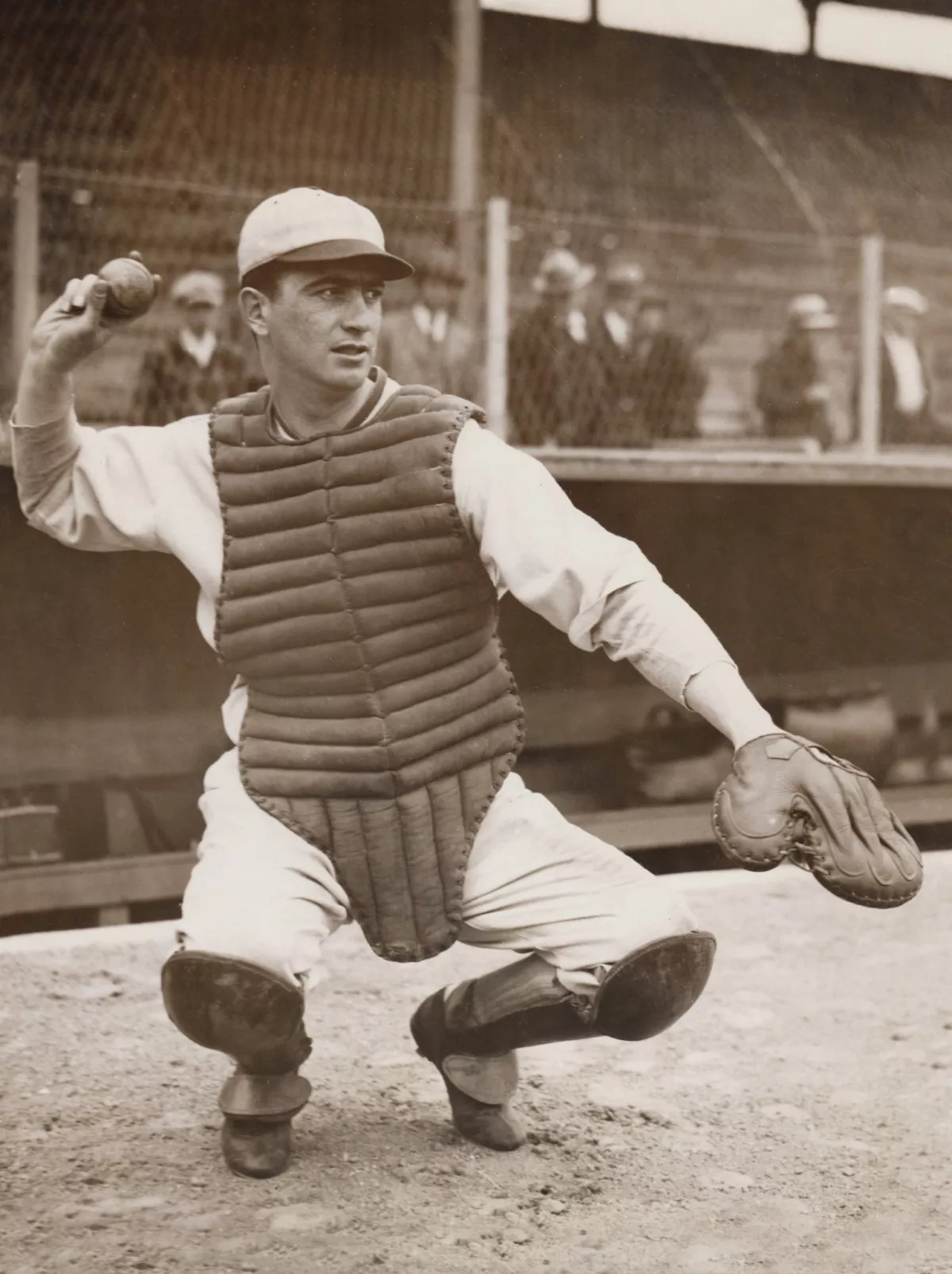Morris (Moe) Berg was an anomaly in the best sense of the word. Wielding brains and braun, he was an intellectual, a professional athlete and coach, and a spy.
Call him a Renaissance Man, if you will.
It would not be far-fetched to say he was the most unusual person ever to play Major League baseball in the United States. Or, as one observer put it, he was “the brainiest” player in the history of America’s national pastime.
Aviva Kempner’s The Spy Behind Home Plate explores all these facets of his life in an absorbing documentary. It will be presented on Zoom by the Uptown Jewish Film Festival in New York City on Thursday, August 12 at 7:30 p.m.(https://www.juarts.org/uptown-jewish-film)
The son of Ukrainian Jewish immigrants, he was born in New York City’s Lower East Side in 1902, eight years after the arrival of his parents in America. His father, Bernard, operated a laundry in New York City before opening a pharmacy in Newark, New Jersey.
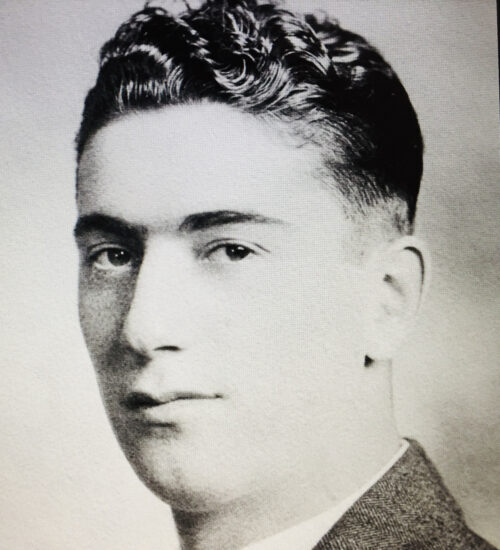
Drawn to baseball at an early age, Berg, who was known as Moe, excelled at school thanks in part to his photographic memory. At Princeton University, he studied languages and was a shortstop on its baseball squad. Upon graduation, he joined a professional baseball team that would later be called the Brooklyn Dodgers. The Dodgers were looking for a Jewish player and Berg seemed like a good fit.
A consummate traveller, he used his earnings to see the world. When he returned from his trip, he enrolled in Columbia University’s law school, thereby pleasing his father, who had a dim view of baseball. Upon earning a degree, he worked as a lawyer, but chafed at the bit, being far more interested in baseball.
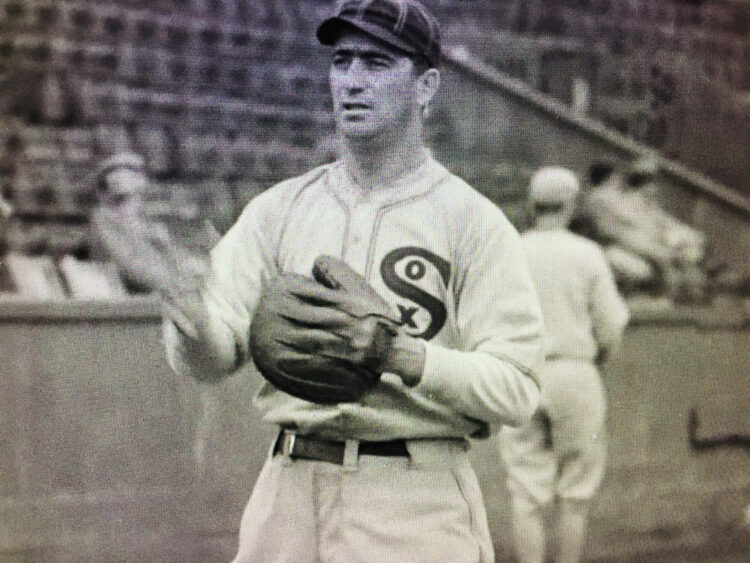
Signing on as a catcher for the Chicago White Sox, Berg was competent enough, yet he was definitely not a star, being a mediocre hitter and a slow base runner. Nevertheless, he would spend 15 years in the Major Leagues. From 1932 onwards, he was successively employed by the Washington Senators and the Boston Red Sox, both as a player and a coach, and appeared in a World Series.
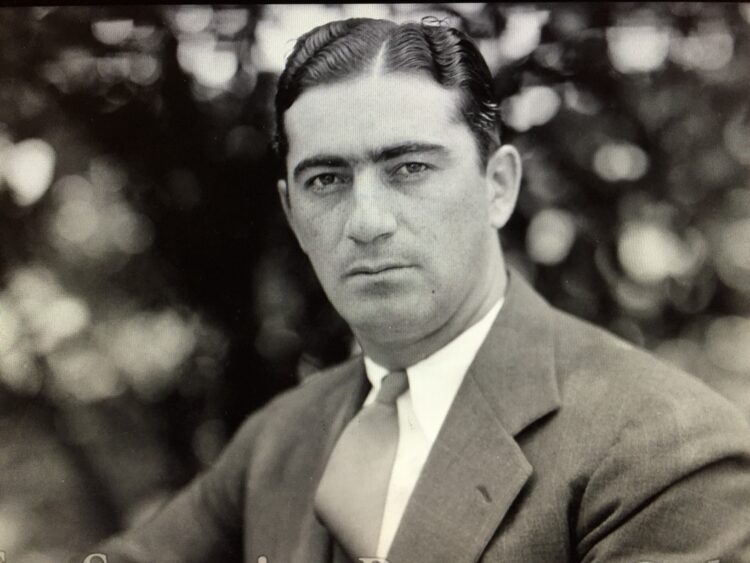
Much to his probable disappointment, his father refused to attend any of his games.
During the 1930s, he instructed college students in Japan in the finer points of baseball and joined an American all-star baseball squad touring that country. One of its members was the inimitable Babe Ruth, with whom Berg struck up an amiable relationship.
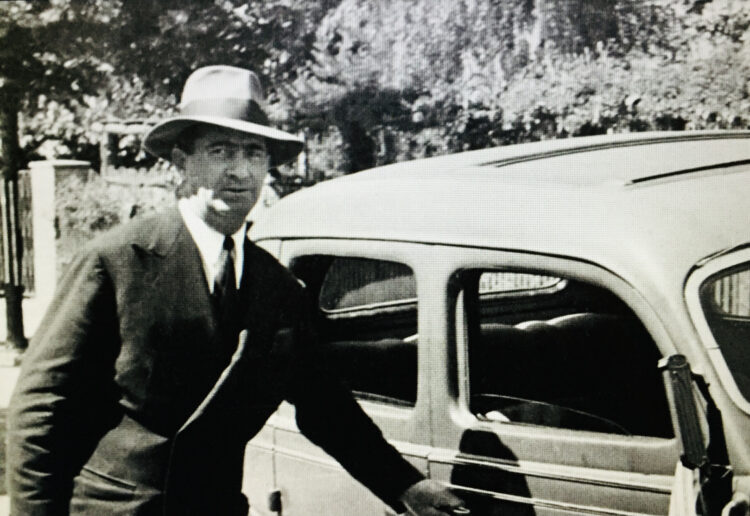
Kempner speculates that the purpose of the tour was to ease U.S. tensions with Japan. Berg apparently moonlighted as a spy, photographing Tokyo’s skyline, port area and industrial zone. This footage was supposedly helpful to the United States after it declared war on Japan following Japan’s attack on Pearl Harbor on December 7, 1941.
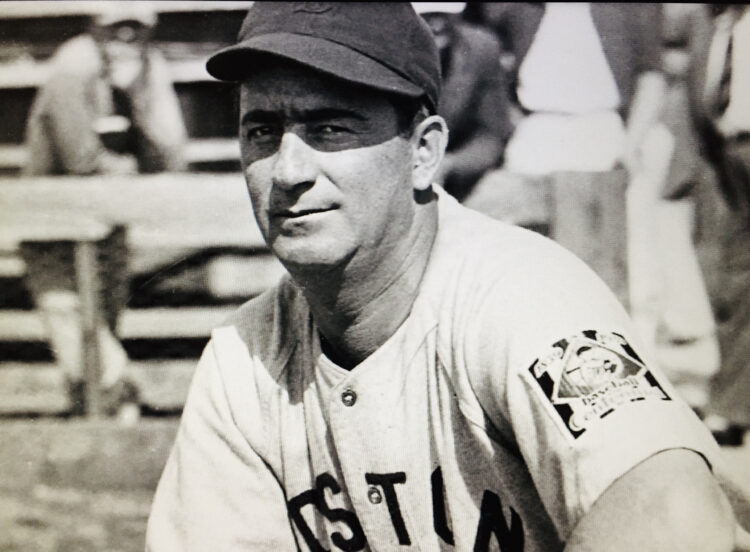
By any yardstick, Berg stood out from the crowd. Apart from holding two academic degrees from elite universities, he was a master linguist, being able to speak about ten languages, including Yiddish, Hebrew, Sanskrit and Greek. As well, he was a fount of knowledge, answering the most arcane questions on the popular radio quiz show Information Please.
Berg wrote an elegant and acclaimed essay on baseball for The Atlantic Monthly, Pitchers and Catchers, which is still read by aficionados of the sport.
In 1942, the U.S. government asked Berg to deliver a broadcast aimed at persuading Japan that a war was not in its national interest.
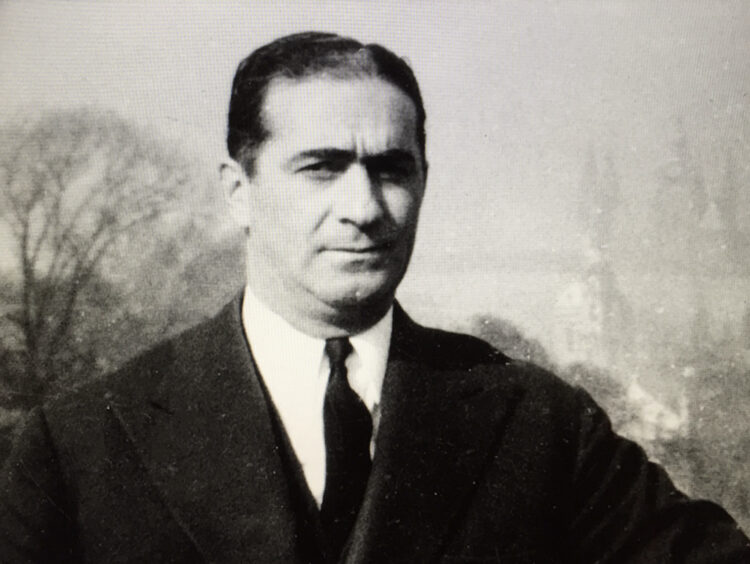
He went to Latin America in the following year as a goodwill ambassador, but his real mission was to monitor German activities in America’s proverbial backyard.
The newly established Office of Strategic Services, the forerunner of the Central Intelligence Agency, recruited Berg to gather material on Germany’s nuclear program. In this capacity, he interviewed Italian scientists who had worked with their German colleagues.
And in another secret mission, Berg was sent to Zurich to listen to a scientific lecture given by Werner Heisenberg, Germany’s foremost nuclear scientist. Berg was under orders to assassinate him if he thought Germany had raced ahead of the United States in the quest to build an atomic bomb.
After World War II, Berg worked on various U.S. government projects, but he never found a steady job, travelled constantly and lived with two of his siblings. Although he was something of a womanizer, he remained a bachelor.
The Spy Behind Home Plate is a fine film in every respect, though it is a tad too vague and heavily padded in places. It immortalizes a man who is still unique in the annals of baseball.
